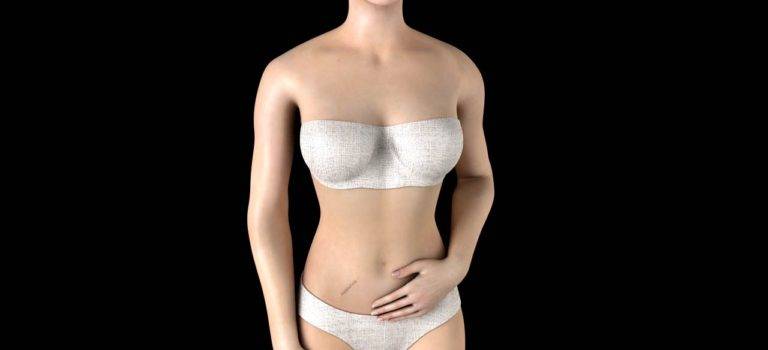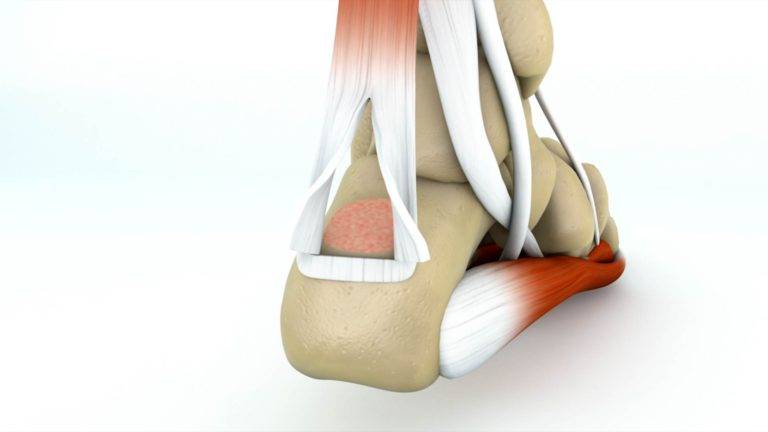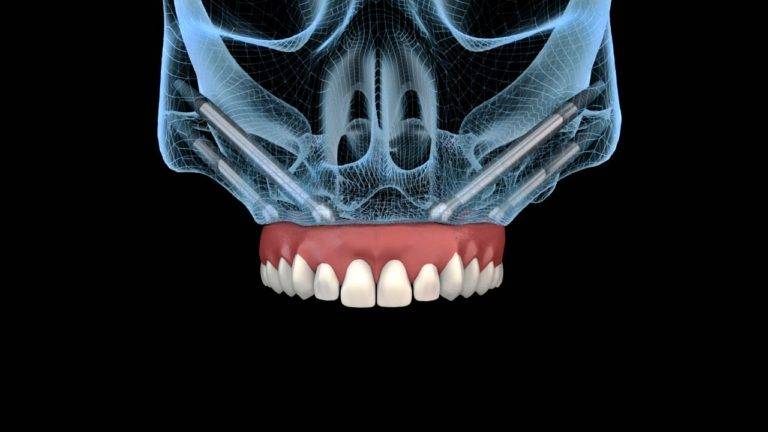3D medical animation is a short educational video explaining complex topics via motion and illustrations. These animation sources are instructional tools for patient education and professional training. 3D medical animation videos have been optimized globally. While major areas of applications are:
- Drug action mechanism
- Patient education
- Patient awareness
- Surgeon training, and more.
In the new generation of healthcare industries’ emergence, the information presented in an informative and visually appealing format is important.
In the present medical world, an overload of information is the real communication challenge.
How Many Animation Types Are Applicable for Medical Education?
Fortunately, 3D medical animation sources are suitable for many audiences. However, knowing application animation types for medical education is important to understand things better.
So, here we go:
2D animation
A better learning alternative to text details for retention and engagement. Certainly, it is a more cost-effective medical animation means than high-tech solutions. Moreover, it offers a multi-sensory learning experience to your audience with ease.
3D medical animation
3D animations are a must for more complicated subjects’ visualization needs accurate detailing. However, these animations require capital and time to complete. The quality of subject explanation that comes with 3D animation is undeniable.
Whiteboard medical animation
These medical animations use hand drawing to describe medical terms on a white screen. These are more widely used animations because of their cost-effectiveness and flexibility. Moreover, these animations not only describe details of medical terms but also create a friendly vibe. Due to this learning process becomes easier, particularly for patients.
Interactive medical animation
Interactive technology is an immense-budgeted field. It utilizes leading advancements in medical visualization, including:
- Interactive Fx
- 3D animation
- Mixed reality
- Augmented reality
- Virtual reality.
These provide the healthcare industry with more dimensionally experimental and realistic ways. Even though this animation type requires significant capital investment. However, it is explorable and fascinating due to the newest technologies a 3D medical animation company can offer.

Area of Expertise for Medical Education Animation
Before 3D medical animation, we only had complex documents with medical illustrations. However, visual teaching material has made it easier to show the medical procedure for practitioners. Medical animations offer an effective visual aid to conventional learning methods.
- Moreover, medical animation has also contributed to the healthcare industry significantly.
- These animations can describe important information.
- 3D medical animation sources can also enhance practitioner and patients’ communication
- These can also help explain a wide range of subjects to medical students.
However, it’s always important to work with a professional 3D medical animation company for optimal results.
Patient Education and Awareness Raising
People usually remember 80% of what they see and only 10% of what they hear. That’s why above 65% of people prefer visual learning.
Therefore, medical education animation sources have largely impacted patients’ education and awareness.
Patients also need animations to understand their health conditions clearly. The task has never been easier, even for professional and experienced doctors. Especially when it was about explaining complex medical terms to their patients with limited health knowledge.
However, medical animation came as a helpful tool in the healthcare industry. Animations allow patients to understand their health status. These 3d medical animation videos can bridge the gap between doctors and patients. Medical animations give patients a multi-sensory learning experience to help them understand things faster.
So, educating patients and raising awareness is a key impact of 3D medical animation in the healthcare industry.





























